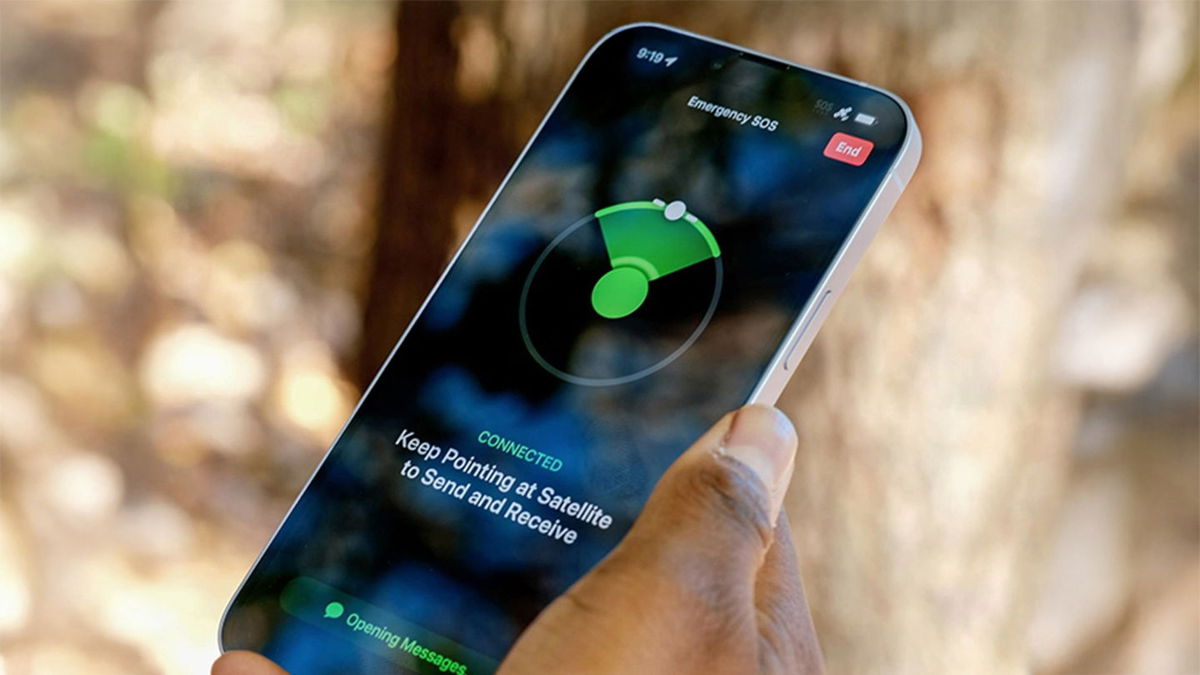As smartphones and watches are increasingly used in underwater scenarios, a system is needed that is up to the task at hand and does not cause range issues or poor communication quality with each other.
With this in mind, the University of Washington has created an underwater communications app that uses audio signals to send messages to other people who are also underwater, allowing communication in any dangerous situation.
For now, the big problem is that radio waves are absorbed by water, and no signal sent or received could travel more than a few centimeters without being completely lost. That’s why, for as long as they can remember, divers have communicated with each other using hand signals and other gestures. This has changed with a new app called AquaApp.
“Our software solution uses audio sensors, i.e. microphones and speakers commonly found in modern devices, to provide underwater acoustic communication between mobile devices.”they explain from their website.
To do this, they developed communication system that adapts in real time to any frequency, noise, motion problems that may arise. “Motion caused by people, waves and nearby objects can interfere with data transmission. We had to adapt to these and other factors in order for AquaApp to work in the real world,” explain.
Through various tests already carried out in various underwater environments at depths ranging from 2 to 15 m, they were able to demonstrate that your system can adapt its bandwidth in real time and achieve data rates from 100 bps to 1.8 kbps and a range of 30 m.
Of course, if we reduce the bitrate to, say, 30 bps, the range can increase to 100 m. Definitely a great point in favor and improved communication for all diving enthusiasts.
Source: Computer Hoy
I am Bret Jackson, a professional journalist and author for Gadget Onus, where I specialize in writing about the gaming industry. With over 6 years of experience in my field, I have built up an extensive portfolio that ranges from reviews to interviews with top figures within the industry. My work has been featured on various news sites, providing readers with insightful analysis regarding the current state of gaming culture.













